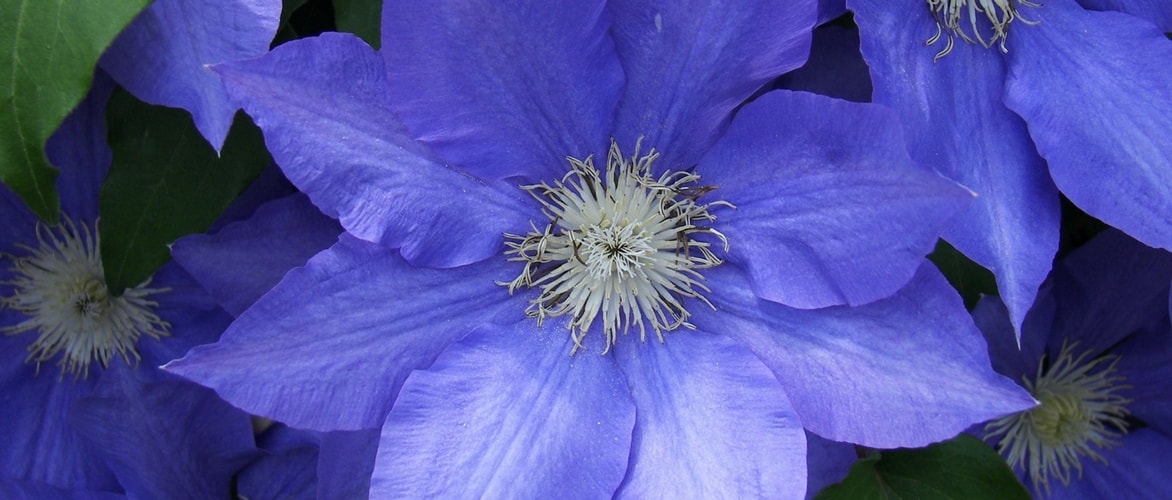
Clematis diseases
Our tips to identify and avoid them
Contents
Although they grow quickly to provide us with a multitude of colourful flowers, clematis are delicate plants, relatively sensitive to diseases. Fragile, their stems and roots break easily, allowing diseases to enter through these wounds. They require cultivation in sunlight, but the base in shade, in cool but well-drained soil, without standing moisture. Provide them with optimal growing conditions to make them less vulnerable to diseases and pests!
In case of extreme heat, clematis may appear to be unwell: the leaves wilt and begin to dry out, but this is just a heat stress response. Water and mulch, and it should recover quickly. Clematis do not tolerate overly dry soils. Plant perennials or simply place a tile at their base to keep it shaded and cool. However, if the soil is not dry and the plant suddenly wilts from the top down, it is a disease.
The sudden wilting of clematis
- The symptoms
The main problem affecting clematis is the disease caused by the fungus Ascochyta clematidina (also known as Phoma clematidina). This blocks the circulation of the sap. In spring, just as the plant is about to flower, it experiences a sudden decline within a few days! It dries up suddenly from the top down, as if it is dying of thirst.
This disease develops in heavy, low-lying, damp soil, as moisture is conducive to this fungus. To prevent it, plant in well-draining soil, or ensure you install a layer of drainage (gravel, pouzzolane…) at the time of planting.
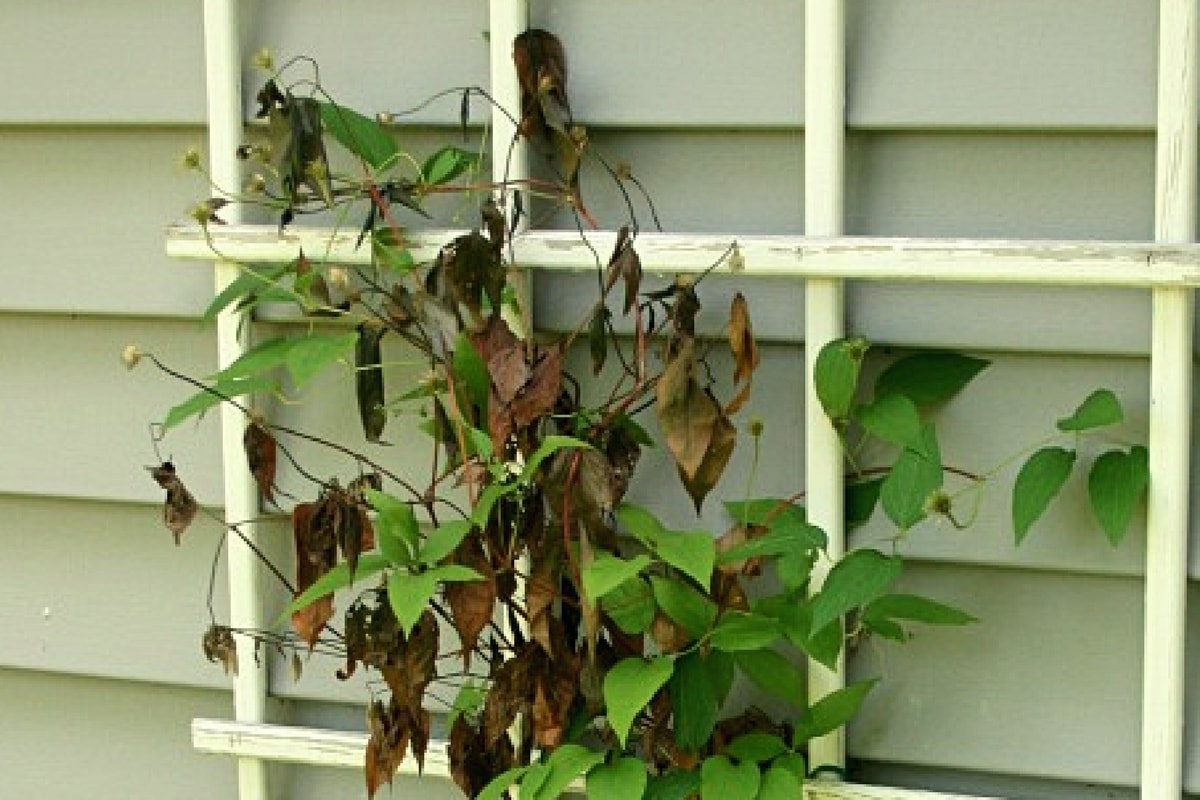 Wilting of clematis: entire stems dry up suddenly
Wilting of clematis: entire stems dry up suddenly
- What to do?
Unfortunately, there is no treatment. As soon as you notice the disease, immediately cut back the affected stems at the base, as the fungus lives on the surface of the soil. Your clematis should regrow from the base. Burn the damaged parts that you have cut off. This helps eradicate the fungus and prevent its spread. Similarly, disinfect your tools each time you intervene, to avoid transmitting diseases from one plant to another. Also, replace the soil around the stems, in the top few centimetres, with healthy soil or potting soil.
Act urgently, it is your only chance to save the plant! Otherwise, it may die within a few days. And if you have other clematis, check that they are not affected!
Read also
Clematis: planting, pruning and careThe powdery mildew
Clematis are sometimes affected by powdery mildew. This fungal disease manifests as a white fluff covering the stems and leaves. Limit its spread by cutting away the affected parts, and spray with sulphur. Avoid confined situations: air must be able to circulate around the plant.
Heat and excess moisture promote the development of fungal diseases. We advise you to limit watering. Also, avoid watering directly on the stems; direct the spray more towards the soil than the base of the clematis. Remember to disinfect your tools every time you work on clematis to prevent transmitting diseases from one plant to another.
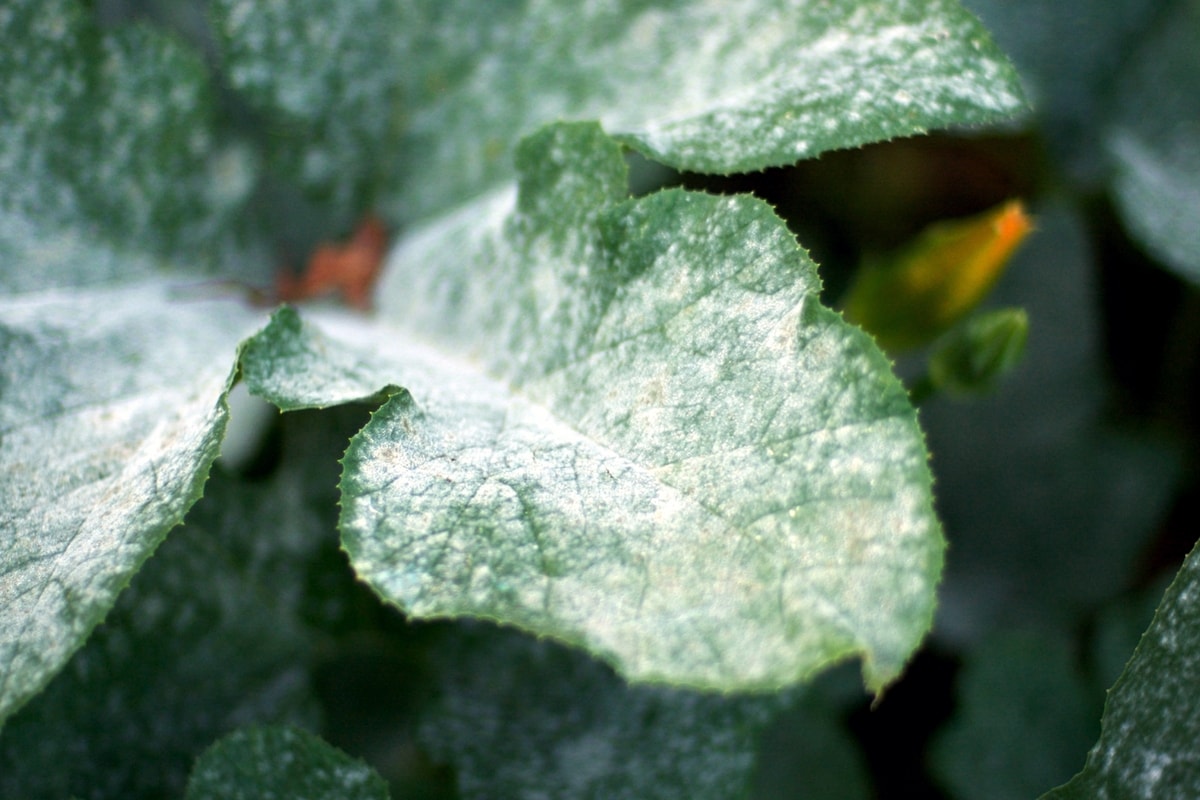
Powdery mildew is characterised by a white fluff on the leaves
Discover other Clematis
View all →Available in 0 sizes
Available in 0 sizes
Available in 1 sizes
Available in 1 sizes
Available in 1 sizes
Available in 1 sizes
Available in 1 sizes
Available in 1 sizes
Available in 1 sizes
Available in 1 sizes
Main pests and diseases: how to fight them?
Clematis can also be attacked by aphids. They pierce the leaves, causing them to curl up and become sticky. This is not dramatic: they will not kill the plant, but they weaken it. They promote the appearance of diseases. If you notice their presence, spray a solution based on black soap or based on pyrethrum (Tansy manure).
Similarly, slugs and snails enjoy nibbling on young shoots! You can create a barrier by placing ash or wood chips around your young plants or use an organic slug repellent (Ferramol). It can also happen that earwigs pierce the leaves, but without significant impact.
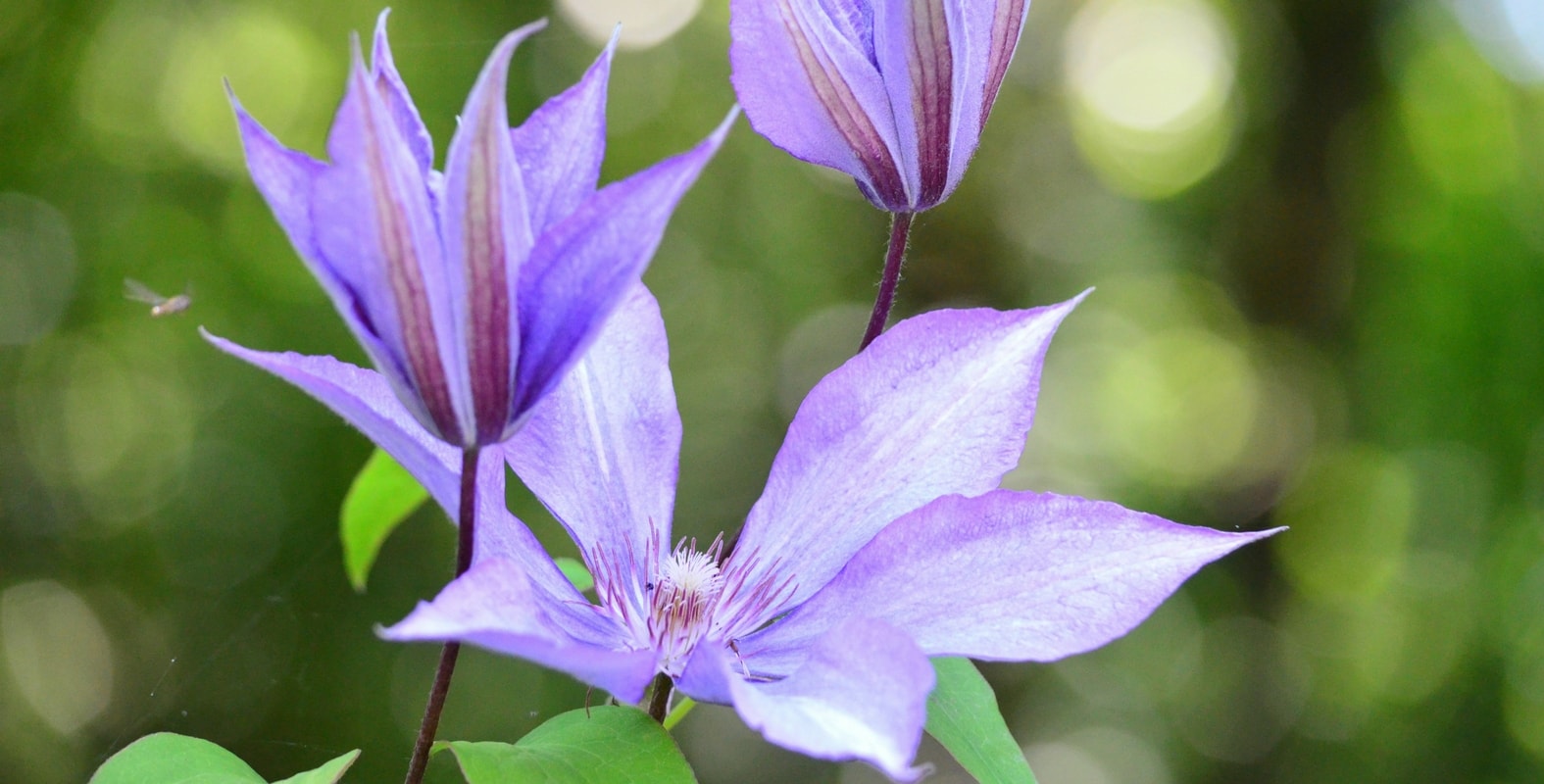
- Subscribe!
- Contents

































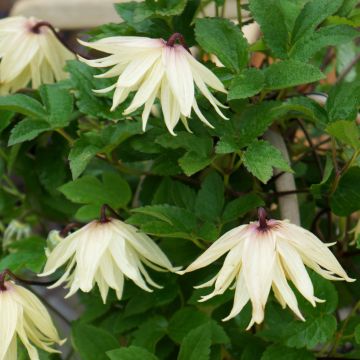
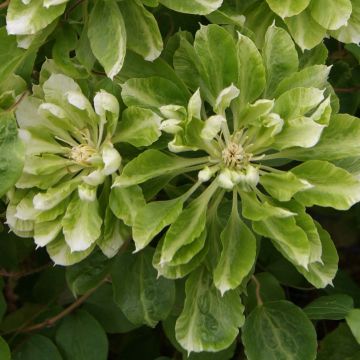
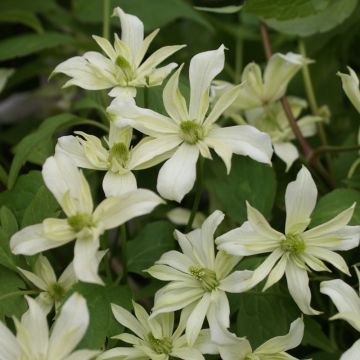
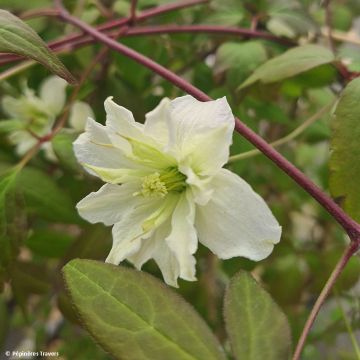
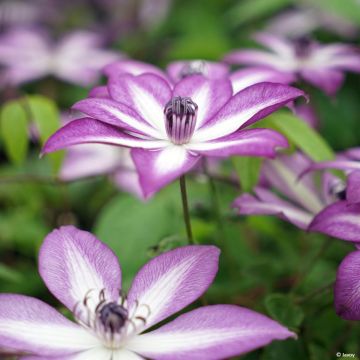
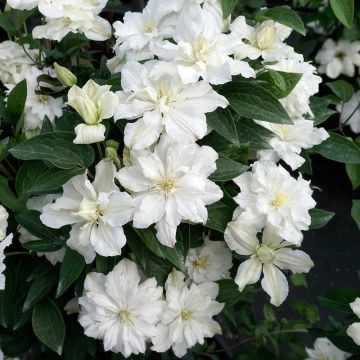
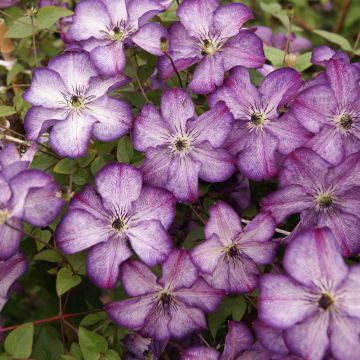
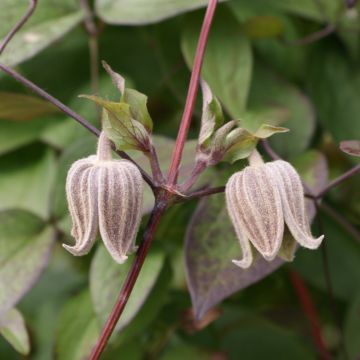
Comments